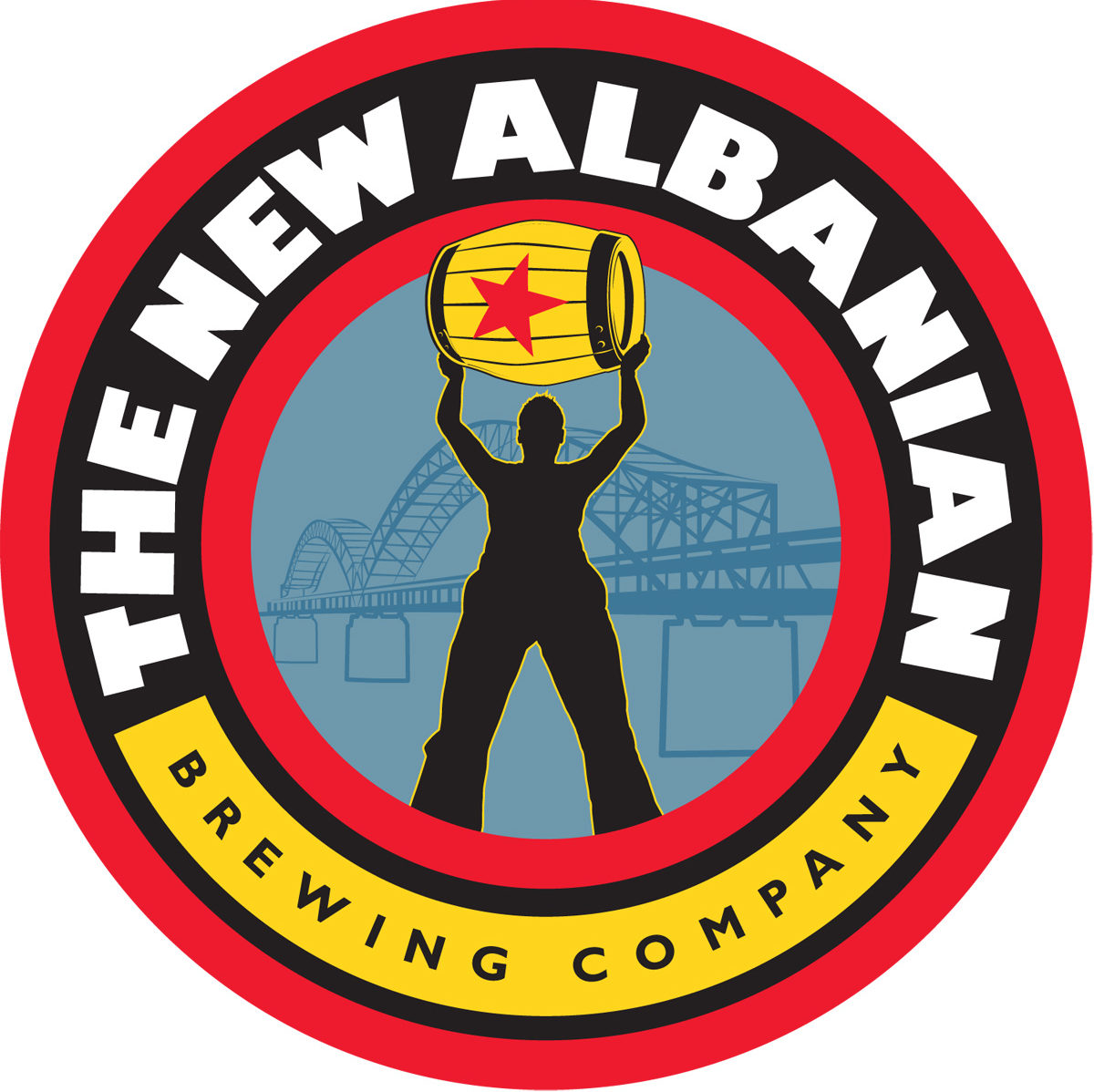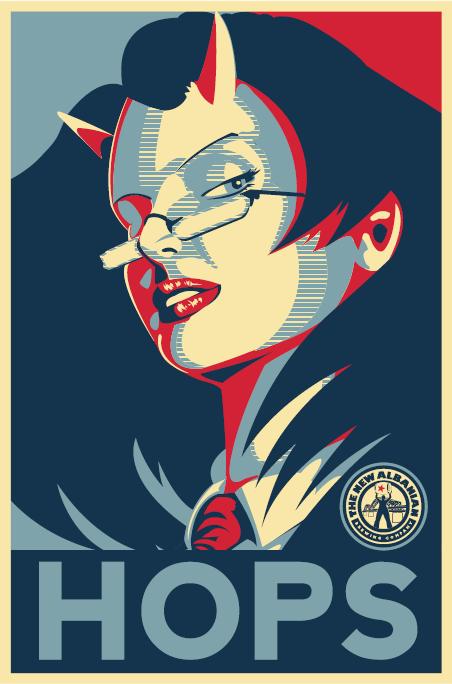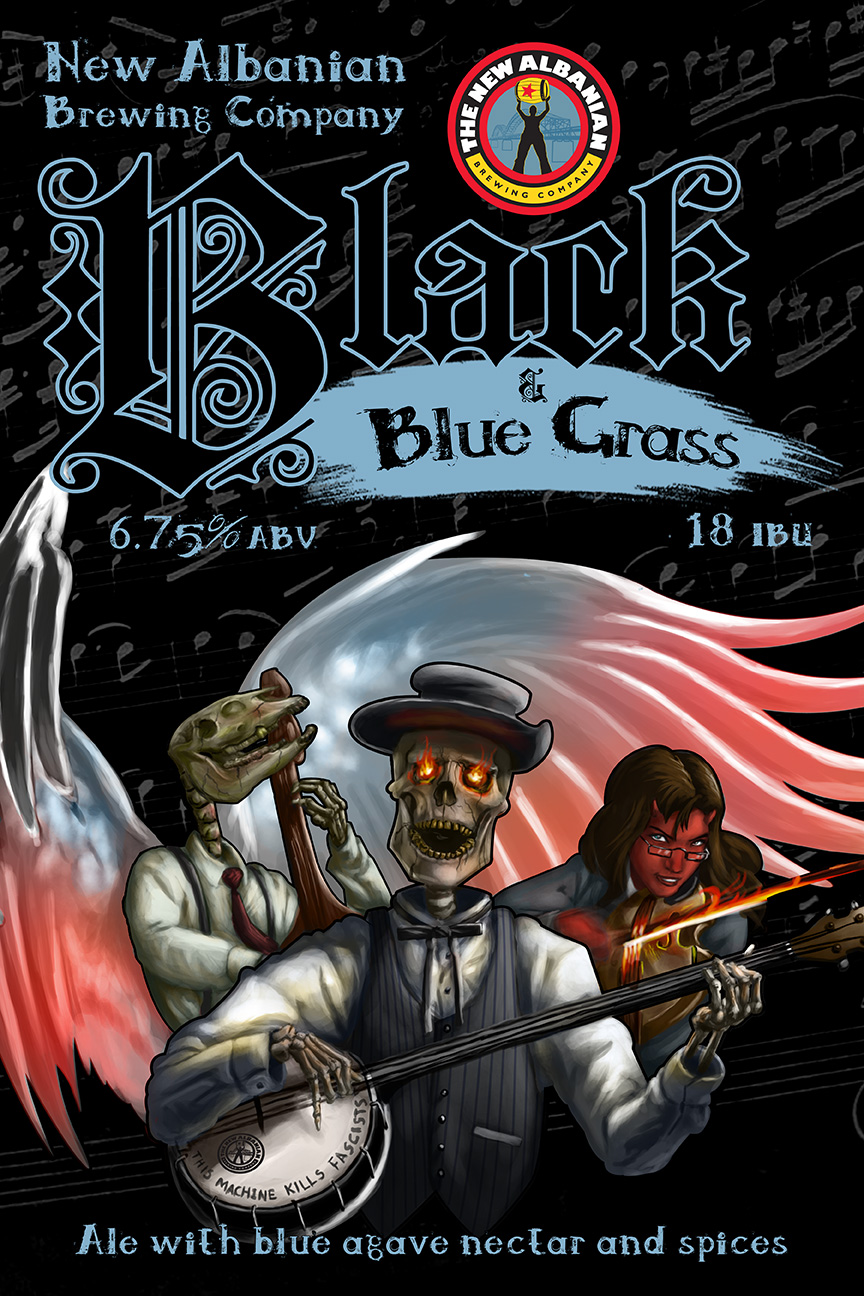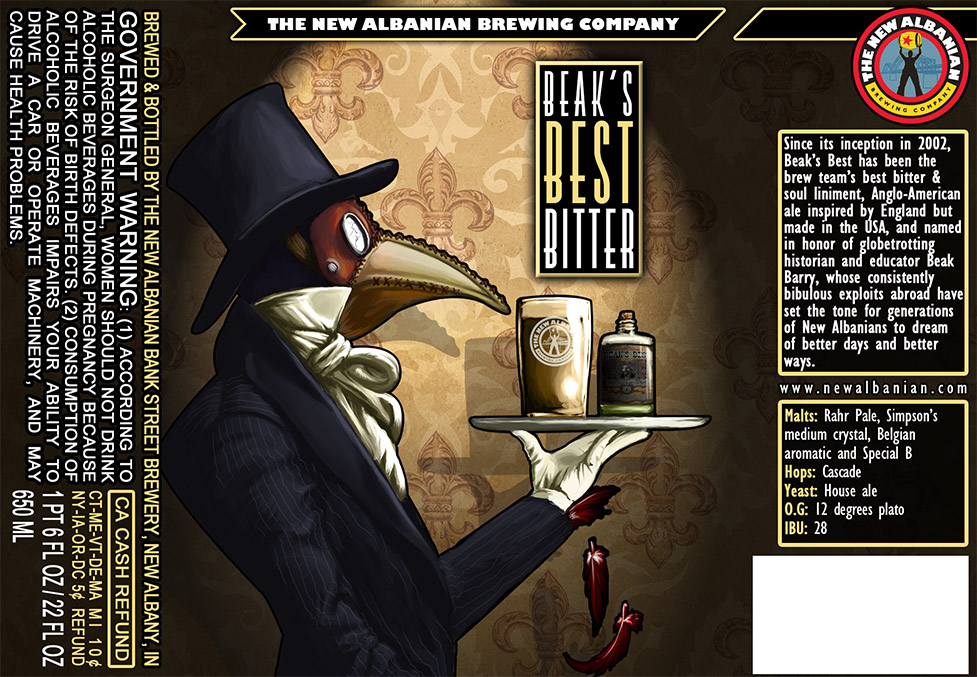NABC’s Elector is one of the iconic brands in New Albany’s brewing history. It often is mentioned in the same breath as Ackerman’s Old Rip and Hop-O, the latter a Prohibition-era “near beer” that proved to be too much more upon close examination.
The conceptual roots of Elector extend to the beginnings of NABC’s original garage brewery off Grant Line Road — now known as the Research & Development Brewery. It was the third recipe brewed by NABC’s founding brewer, Michael Borchers, and his assistant, Joey Burns, and it was made for the very first time on Election Day, 2002.
Brew day in 2002 happened to be the occasion of the mid-term congressional election following the disputed presidential race of 2000, in which Al Gore won the popular vote nationwide, but lost the White House owing to Florida’s uncounted hanging chads and the state’s subsequent votes for George W. Bush in the Electoral College.
Needless to say, as subversive and leftist brewers, this political outcome was still somewhat fresh in our minds in 2002 as Michael concocted an initially modest plan to follow Community Dark and Beak’s Best with a traditional English-style seasonal winter warmer. Brew day was uneventful, but as the fermentation proceeded and time rolled past, it became obvious that the new batch of winter warmer was going to have a more reddish color than planned, and also was considerably hoppier than the intended style should ever be.
Well, there’s nothing wrong with any of that, as it turned out. The resulting hybrid was delicious, medium- to full-bodied and aggressively hopped, and we concluded that while the intent had been tamer winter warmer, the result was a strong ale of some unknown variety that we quite liked. We stuck with the results. These days, I prefer to call it an Elector-Style Ale, such is the beer’s uniqueness. It is a one-off, and stylistically, there is no classification except fine flavor.
Before the finished character of our newly hybridized ale had become apparent, we’d already started the process of hybridizing its name, something that arose out of drunken mischief (imagine that) when, after much discussion, Joey suggested calling it Elector in reference to the Electoral College and the way it made the popular vote in 2000 pointless, and by extension, rendering democracy itself somewhat redundant.
I replied that the “-tor” suffix would suggest Doppelbock in the minds of knowledgeable drinkers, and of course we had no intention of producing a beer remotely close to Doppelbock.
“Right,” Joey said.
“Then we’re agreed,” I replied. “Elector it is.”
Many years have passed, and I feel just as strongly as I did then: An Elector in hand is well worth multiple Bushes in retirement, any election day, and in fact, any time of the year. Elector’s back story would be sufficient to render it an iconic brand, and Tony Beard’s graphics add to the mystique — but of course, it’s the liquid in the glass that really matters.
Draft and 22-oz bombers of Elector are available year-round in Indiana and metropolitan Louisville on the Kentucky side of the Ohio. Naturally, Elector can be enjoyed in all forms at NABC’s two New Albanian locations, especially in the Red Room at the Pizzeria & Public House.
—
Elector
Elector-style Ale
ABV: 7.5%
IBU: 62
Color: Amber/red.
Flavor: Medium- to full-bodied, with assertive but adeptly balanced malt and hops.
Compare to: Arrogant Bastard … but Elector is unique.
Description: An Elector makes democracy pointless.
Recipe Suggestion: At 7.5% ABV, Elector is deceptively drinkable, a fact that might lead one to surmise snacks – sharp cheeses or elephant garlic dip – as ideal accompaniment. However, we suggest taking this strategy to its logical conclusion by smearing the cheese and garlic atop a medium rare, grilled burger … but make sure to buy the beef from 3D Valley Farms in Depauw, Indiana.



